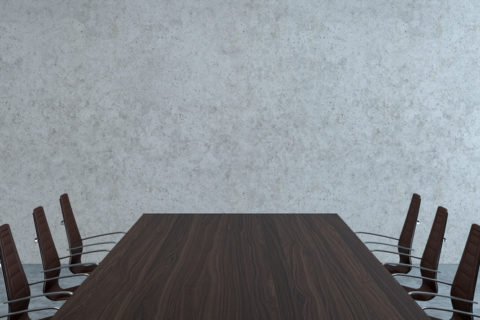By Debbie Bray
The Children’s Media Conference 2018 has come and gone, and (like always) the conference gave us a fascinating perspective into kids’ lives and trends around the UK as captured in this video.
Given recent headlines around the efficacy of YouTube’ algorithms, safety in the kids space was a hot topic at this year’s conference. But it was Michael Rosen, in his fiery keynote speech, that raised a rather unexpected question: how “safe” should kids media actually be? And what should “safe” even look like in this context?
Kids Media: Aiming to Build a “Safe” Space
Safety in the kids space is taken seriously by brands. As Stuart Rowson, Head of Curation and Discovery at BBC Children’s, pointed out on Hook Research’s panel, youth brands make a “social contract” with parents to protect their young charges when they create spaces for kids to consume content.
While Rosen acknowledged that kids media should be a “safe space” that places a barrier between children and the prickly aspects of the outside world, he questions where we are drawing the perimeters:
- What topics should we label “safe”?
- Which issues should be off limits to kids?
Of course, we shouldn’t enable kids to view violent or sexual imagery – and we should certainly take great care that the stories we create are constructive and responsible. But there’s another kind of “safety” that comes up when you have these conversations – a belief that kids need to be protected from issues and ideas that are considered too ‘grown-up’ for them.
Whether or not they’re appropriate, young people are encountering adult subject-matter on a daily basis: they’re reading the news; they’re exploring the web; and amidst all of this they are bumping into topics that – while important – have been traditionally considered inappropriate for young people (issues around politics, sexuality, gender, etc).
Should youth media be engaging with these issues (in a responsible way)? I believe the answer is a clear yes.
Crafting “Brave” Content
I thought the brilliant ‘Out and Proud? Or still under wraps?’ panel at this year’s CMC was a wonderful profile of content exploring “brave” issues in positive ways.
Bravery, here, means a willingness to engage with the spiky issues that have been considered unpalatable for kids media in the past, but which – when explored in a constructive, responsible way – can be a powerful tool for helping kids understand (and deal with) a number of issues impacting their lives.
For an hour, panellists from Disney, CBBC, production companies, and a YouTuber (Olly Pike) spoke at length about the exploration of sexuality and gender identity in kids media and the benefits of exploring issues like these in kids media. They argued that content dealing with these issues could be trusted voices for young people and help give them the vocabulary to start their own conversations with friends and family.
Is TV a Relevant Space to Deal with These Topics?
To me, what was really exciting about this panel was the important role TV played in starting these brave conversations (something we’ve written about for RWConnect in the past).
Often, talks about engaging with spiky themes is subsumed within a larger conversation about the digital space – where media is regularly pushing the boundaries and creating dialogues around relevant, important issues. TV for the most part is brushed to the side in these debates.
For finding ‘people like me’ YouTube is certainly brilliant: A young person can enter personal questions into the search bar, and immediately find vloggers who have gone through that experience and are willing to share their thoughts on camera.
Yet the openness which encourages so many individuals to share their voices online, also creates an un-curated landscape populated by content that could be harmful to young viewers – whether that is out of malice or just plain ignorance.
The panellists of ‘Out and Proud’ argued that if we’re truly looking to build spaces in which to explore big issues in a responsible way, then we need to be engaging with these topics on TV.
If done well, TV can engage with the important issues kids are grappling with daily, while simultaneously exploring them in a responsible, sensitive, and – yes – “safe” way.
As professionals in the kids industry, we need to always ensure that we are taking care of our charges – but in that quest for safety, we shouldn’t give up on addressing the topics and issues that matter.
And TV shouldn’t be overlooked as a powerful home for these incredibly important conversations.
By Debbie Bray, Co-Founder, Hook Research
Hook Research is a media research and content development agency. We are proud to provide consumer insights and brand strategy to some of the biggest organisations across media, youth, and entertainment all over the world. Want to have a chat about how we can help your business? Get in touch at enquiries@hookresearch.co.uk


